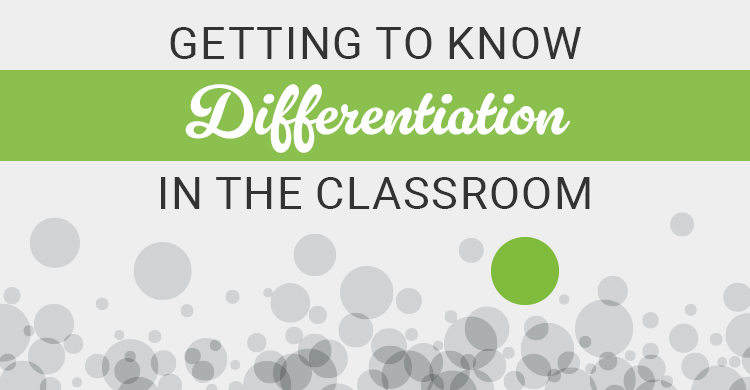Based on The Quest For Learning: How To Maximize Student Engagement
In many classrooms, assessment is still an event. It might be an end-of-unit event, a benchmark event, or a “because it’s Friday” event. Whatever the assessment reason, inviting a more formative approach gives opportunities for frequent feedback in a couple of different ways.
- It shows the learner how well they are progressing toward a particular target, skill, or standard.
- It shows the learner which strategies work best for the learner to reach their targets.
In The Quest For Learning: How To Maximize Student Engagement (2017), we propose a simplified descriptive rubric to help teachers manage formative feedback, both at the beginning of a learning scenario and throughout it.
| At Target | Approaching Target | Notes |
Formative Assessment Rubric from The Quest For Learning: How To Maximize Student Engagement. Visit go.SolutionTree.com/instruction for a free reproducible version of this rubric. (2017)
This version of rubric-making cuts out all of the levels and the potential subjectivity that goes with leveling out a rubric. This way, it’s just the target and whether or not a student has met it. The descriptive feedback is then personalized for each student depending on how they are progressing and the strategies they are using.
Formative feedback is one of the easiest ways to get personal with student learning, and students learn more when the relationship is tended to as much as the grade.
As an example, we recently worked with Kindergarten teachers in Gasport, NY as they sought to upgrade their checkpoint assessments. We specifically honed in on writing and had conversations about what the standard was asking of students. In this case, the standard for narrative writing, which is the first one they assess, states: “Use a combination of writing, drawing, dictating, and/or oral expression to narrate an event or events in a sequence.” (New York State Education Department, n.d.)
Below is a version of their task, with an amended version of the rubric specific to their purposes.
Narrative Performance Task*:
- Choose a short-story picture book related to the season or thematic topic.
- Ask the class to reenact / retell the story (with discussion of vocab, main idea, and details).
- Share the prompt: What happens next in this story? Perhaps have a group discussion about what could happen next. Brainstorm ideas…
- Ask students to draw a picture that illustrates what happens next in this story.
- Allow students to share their drawings with each other and discuss what they drew and what they think happens next.
- Allow a few minutes for discussion with a partner. Give outlined or unlined paper. Then use your typical classroom writing process to support students in completing the writing prompt.
- The complete response should include a picture and whatever sentences, words, or letters the student can add. An adult may assist with sounding out or spelling words and/or transcribe the child’s words if desired. Dictation is permitted.
- Please distinguish the child’s independent production from words or letters produced with adult help by underlining any part of the writing done with teacher support (and recorded in the rubric). The writing sample will be most useful to other teachers if it is easy to tell where help was given.
- Note that at this first checkpoint, kindergarteners have limited writing experience.
*Adapted from the Narrative Writing: On Demand Prompt for Kindergarten from Student Achievement Partners. (2013)
| Approaching | Proficient | Surpassing |
| Narrate an event or events in a sequence using a combination of drawing, dictating, oral expression, and/or writing. | ||
Each of the areas of the rubric are meant for feedback and anecdotal documentation. Also note that students have until the end of 1st grade to attain the writing as an individual skill. Up until the end of 1st Grade, students can continue to use a combination of drawing, dictating, oral expression, and/or writing. The “and/or” here is very important, particularly the “or.” It was crucial that these teachers came to a consensus understanding of this particular standard’s intention as they created this common assessment.
A second example comes from an AP U.S. History teacher Laura Stott in Madison, CT who clarified proficient or “meets expectations” for the students in connection to an oral history project. What is noteworthy here is that these descriptors can be used with minimal modification for other assignments. In this way, students pay attention to growing key skills over time (over the scope of an assignment and across multiple assignments) rather than orienting themselves to a new set of descriptors.
| Requirement | Needs Improvement | Meets Expectations | Above and Beyond |
| Criteria #1: Developing a Thesis Statement through Synthesis | You have combined multiple ideas and pieces of evidence from your interview and a variety of research sources to develop a thesis statement that demonstrates thoughtful insight on your topic’s historical significance. Your central thesis causes the reader to think, “I’ve never thought of that before” and to want to explore your ideas further. | ||
| Criteria #2: Historical Context | You provide an accurate, thorough and relevant historical context for your interview, gathering information from a variety of research sources, including at least one primary source. You include specific examples and evidence to illustrate your points. You clearly address why the historical trends discussed are relevant to your interview. |
Using a simplified descriptive rubric helps both teachers and students see the progression toward their goals. This type of formative assessment and feedback offers something that a summative assessment cannot: the capture of conversational and anecdotal thinking and learning as it’s happening. We see this as much more valuable information than regurgitative end-of-learning assessments.
Also of note here is the different ways in which teachers were able to adapt and then apply the simplified descriptive rubric. That is the ultimate Quest mindset: use the tools the way you need to in order to have maximum impact.
To learn more about how formative assessment plays a key role in Quest-based learning, check out our new book The Quest for Learning: How to Maximize Student Engagement, coming from Solution Tree this fall.
References:
Alcock, M., Fisher, M., & Zmuda, A. (2017) The Quest for Learning: How to Maximize Student Engagement. Solution Tree.
New York State Education Department. (n.d.). New York State Revised English Language Arts Learning Standards. Retrieved September 04, 2017, from http://www.nysed.gov/teachers/new-york-state-revised-english-language-arts-learning-standards
Student Achievement Partners. (2013, August 06). Narrative Writing: On-Demand. Retrieved August 28, 2017, from https://achievethecore.org/page/1287/narrative-writing-on-demand
[author_bio id=”1446″]
[author_bio id=”1485″]
[author_bio id=”1344″]






